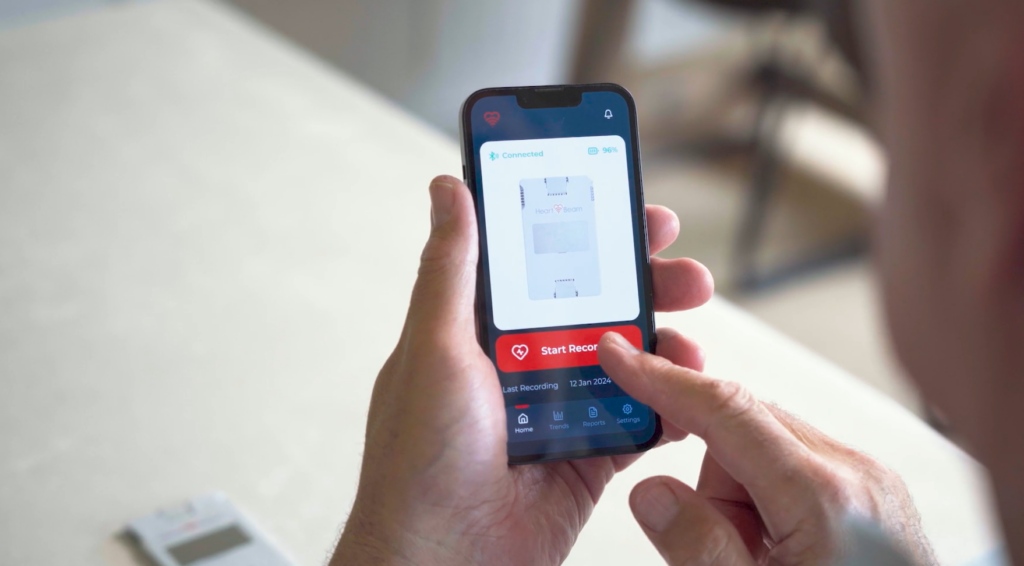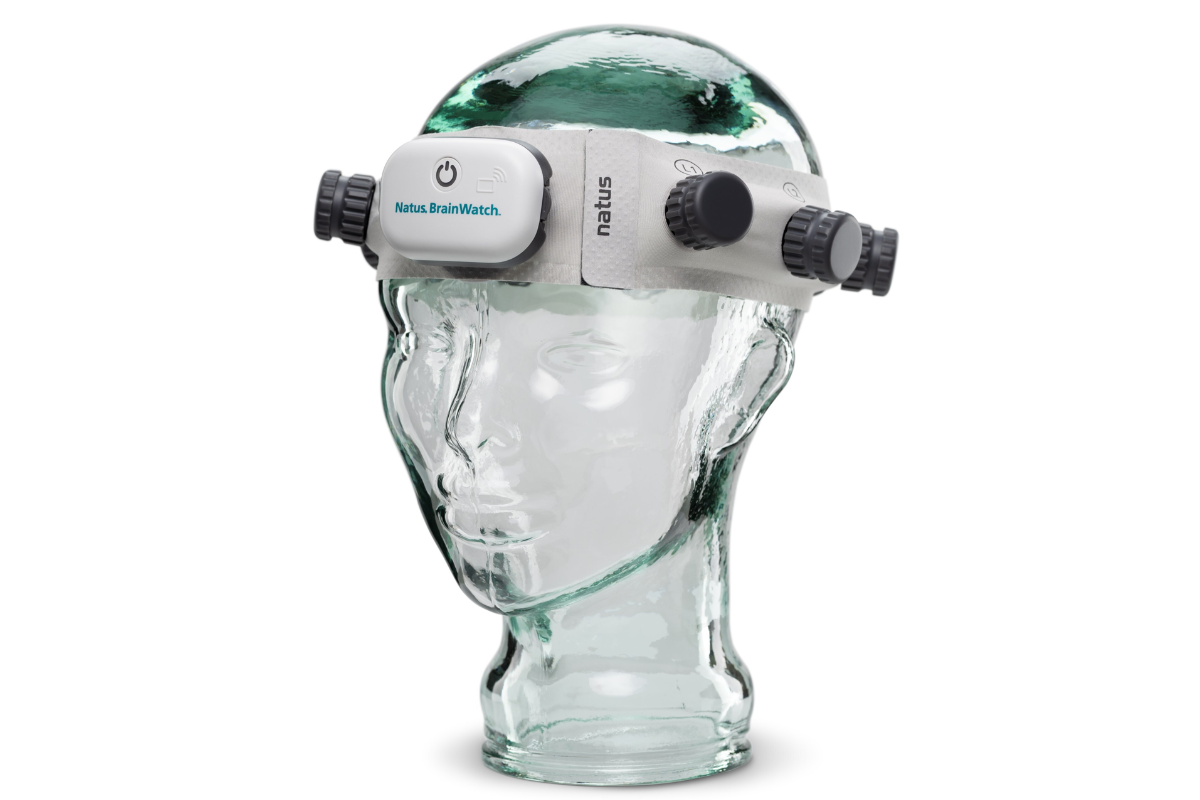HeartBeam’s synthesized 12-lead electrocardiogram (ECG) technology has met its clinical endpoints in the VALID-ECG pivotal study, a key step toward FDA clearance. The results, presented by Dr. Thomas Deering of Piedmont Heart Institute, lent credence to HeartBeam’s ability to deliver clinically reliable ECG data through a portable, patient-operated system.
ECG monitors and wearable cardiac devices are expected to drive much of the growth in the global cardiac monitoring market. In the US, strong reimbursement support and a high burden of cardiovascular disease are accelerating adoption in both clinical and homecare settings.
A standard 12-lead ECG is a core diagnostic tool used to detect arrhythmias, heart attacks and other electrical abnormalities. It requires 10 electrodes placed on the chest and limbs and is typically administered in a clinical setting using large equipment. This setup makes it difficult to capture intermittent symptoms that occur outside clinical settings.
HeartBeam aims to change that with a compact, on-demand device — roughly the size of a credit card and weighing about an ounce.
Rather than using 10 electrodes, it records the heart’s electrical activity through five embedded sensors placed on the chest, capturing signals from three angles. The data is transmitted via Bluetooth to a smartphone app, where software reconstructs a full 12-lead ECG and uploads it to the cloud for physician review.
HeartBeam had announced the start of patient enrollment for the VALID study earlier this year.
In the multicenter trial, 198 patients were enrolled across five US health systems. Researchers compared readings from HeartBeam’s synthesized ECG to standard ECGs, focusing on key intervals and signal amplitudes needed to assess non-life-threatening arrhythmias.
The result: a 93.4% diagnostic agreement, with the synthesized readings matching conventional ECGs in most cases for arrhythmia assessment.
Speaking about the breakthrough, HeartBeam CEO Robert Eno noted the benefit for patients who experience sporadic symptoms, and giving them the ability to record critical data in real time, instead of relying on a potentially delayed in-clinic ECG.
The VALID-ECG results formed the basis of HeartBeam’s FDA submission, filed in January 2025. While awaiting clearance, the company has launched an Early Access Program to refine clinical workflows and prepare for US rollout.
HeartBeam’s device already has one FDA clearance for arrhythmia assessment, and the VALID-ECG software submission builds on that clearance.
By combining 3D signal capture with software-based ECG reconstruction, HeartBeam’s platform could upgrade how arrhythmias are detected and managed outside traditional care settings.
HeartBeam will also collaborate with AccurKardia to integrate its FDA-cleared automated ECG interpretation software, AccurECG, into its portable 3D ECG platform. AccurECG is a device-agnostic platform that delivers algorithm-driven rhythm assessments.
If you want your company to be featured on Xtalks.com, please email [email protected].












Join or login to leave a comment
JOIN LOGIN